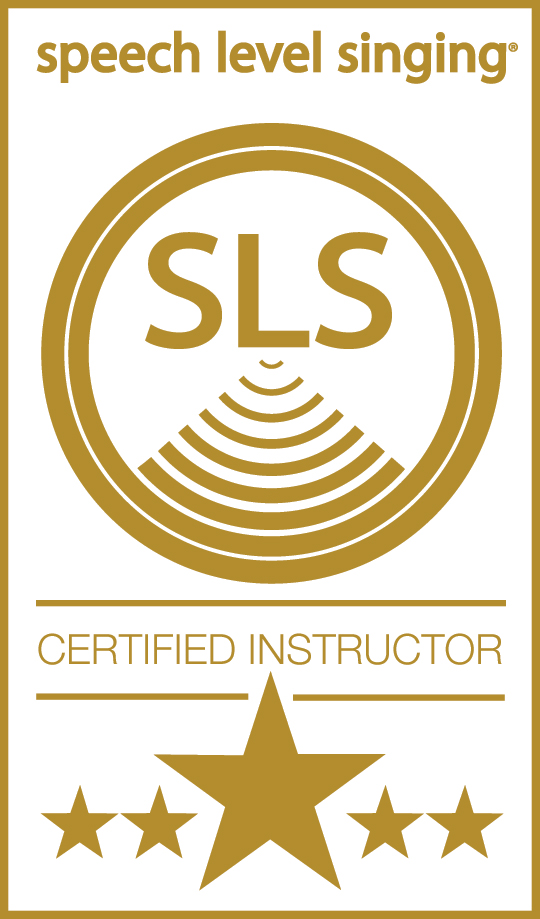Understanding Our Vocal Technique
The voice is an instrument like any other. Everyone has one—and anyone can learn to master it. To get consistent, reliable performance from your voice, we need to train it like an instrument. That’s where our proven technique comes in.
I trained and certified with Speech Level Singing (SLS) and the Institute for Vocal Advancement (IVA), and continue to study with some of the world’s leading voice experts.
With these tools, I help clients around the world build powerful, balanced, and healthy singing voices—voices that can express range, emotion, and technical excellence without strain.
Work With Mark
WHO USES THIS TECHNIQUE?
I have been privileged enough to stand on the shoulders of giants in developing the approach I use in lessons. The Bel Canto approach to singing has been used across centuries by great Italian singing masters. This methodology was revitalised and rediscovered in the mid-20th Century by the great vocal pedagogue, Seth Riggs. He has had a hand in generating some of the greatest voices in the last 50+ years. This includes singers such as Michael Jackson, Stevie Wonder, Ray Charles, etc, just to name a few.
While many of these singers had fantastic voices anyway, Seth expanded their ability and fixed many issues for them. It’s this approach that has been responsible for a ‘vocal renaissance’ in the last few decades.
I’ve studied with some of the best: Greg Enriquez, Jeffrey Skouson, Spencer Welch, and more. Their success in transforming voices continues to shape how I coach clients today.
WHAT DOES THE TECHNIQUE INVOLVE?
The goal is to connect your entire vocal range seamlessly. That means no flips, cracks, or strain. The approach aims for conversational ease in singing—just like how you speak.
You won’t be reaching or forcing. Instead, we build coordination and efficiency that allows you to move throughout your range with confidence and control.
THE BENEFITS OF PROPER VOCAL TECHNIQUE
- Improved vocal range and endurance
- More power and resonance
- Better breath control and stamina
- Freedom to sing across multiple genres
- Injury prevention and long-term vocal health
This approach works for every voice, and every level—from beginner to pro. You’ll feel and hear the difference almost immediately.
CAN SINGING WELL REALLY BE THAT EASY?
Yes. The beauty of this method is that it’s style-neutral. We don’t teach “jazz” or “pop” singing—we build your instrument. Once your voice is in balance, you can apply it to any genre, from Broadway to metal, folk to gospel.
This unlocks total vocal freedom—and puts your artistic expression at the forefront. Our job is to help your voice work for you.
What this means is that we build your voice like an instrument. We do this using effective vocal technique, so that all the notes are there as you need them. This means a full extended range is there, all with the innate tone of your voice, and all as accessible as simply speaking. From there, you’re free to explore how you want use those notes, something we spend increasing amounts of time helping you to do as we progress with building your voice.
I love being a vocal coach, because I literally get to hear students’ voices transform into something amazing right in front of me. That’s how the technique works in a nutshell.
BOOK YOUR SESSION




